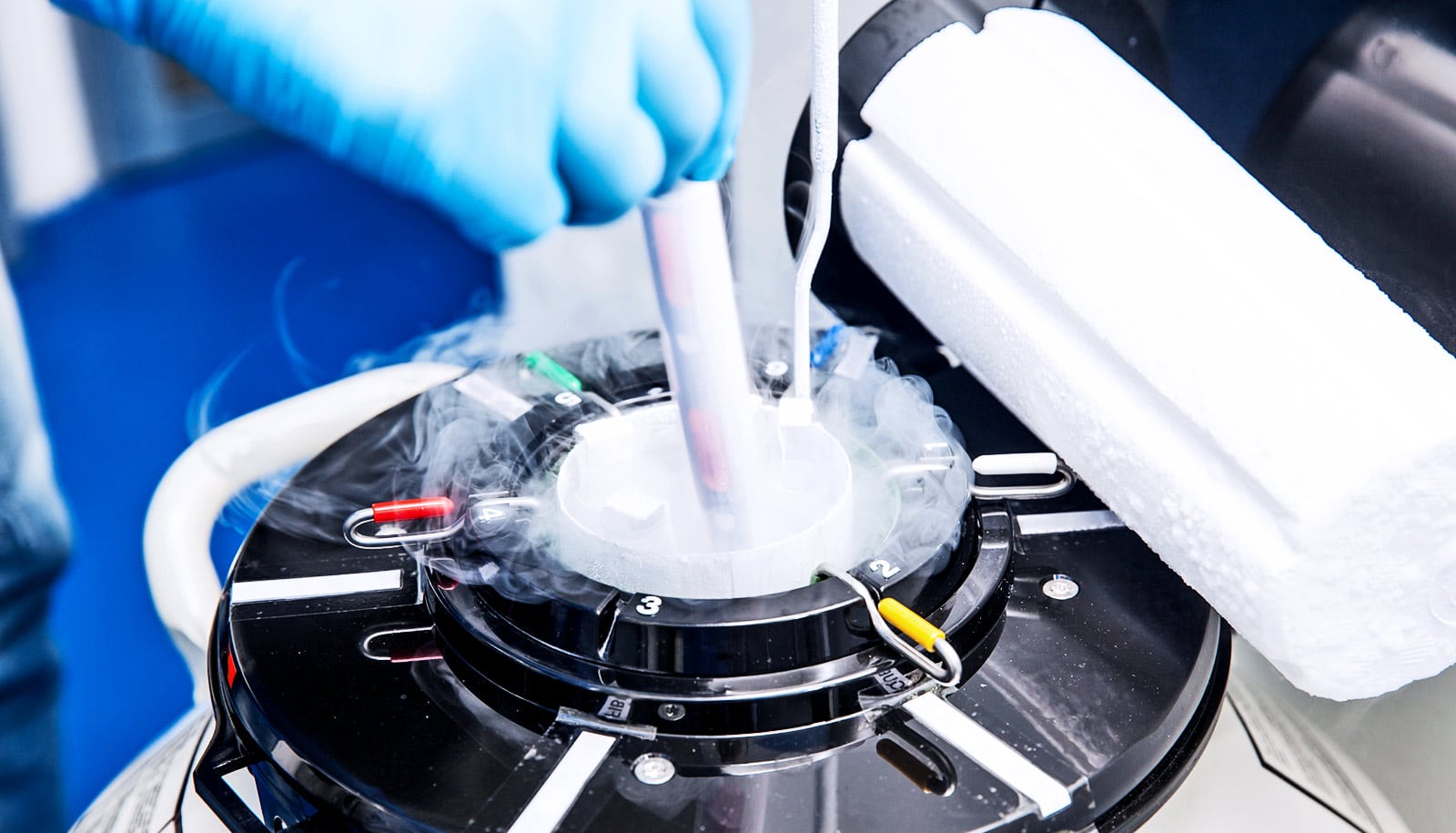A wrongful death lawsuit following the March failure of a liquid nitrogen storage tank at a Cleveland fertility center, which led to the loss of more than 4,000 frozen eggs and embryos, could have “a chain of profound implications for other families,” experts say.
The lawsuit seeks to establish that embryos should be treated as “persons” under the law.
If the Ohio court hearing the case rules in favor of the couple, it could lead to limits on abortion, stem cell research, and in vitro fertilization (IVF) warns Eli Adashi, a professor of medical science at Brown University’s Warren Alpert Medical School, who characterized the event as a “tragic accident.”
“It would be a sad irony if a legal claim aimed at protecting the rights of those who lost their ability to reproduce had the effect of limiting the reproductive rights of countless others,” the authors of the article write. Adashi’s coauthors are Glenn Cohen, a professor of law at Harvard University, and Dov Fox, a professor of law policy and bioethics at the University of San Diego. Their “Ideas and Opinions” article appears in the Annals of Internal Medicine.
Beyond pro-life/pro-choice
The plaintiffs in the case, Wendy and Rick Penniman, are challenging a legal precedent in Ohio establishing that “a fetus that is not yet viable is not a ‘person’ under its wrongful death law,” the authors write. The challenge is based on “the grounds that the ‘life of a person begins at the moment of conception,'” the article notes.
A ruling that embryos are “persons” could be used as grounds to limit abortion rights, the authors say, as well as to potentially restrict research on embryonic stem cells. There could be implications for the future of IVF as well.
“IVF would be significantly compromised,” Adashi says. “If a clinician were to freeze embryos, and some do not survive the process, how would that be dealt with? Would that be manslaughter? One needs to view this suit in that context.
“The implications are of national interest. They go beyond the pro-life/pro-choice debate and reach into the very conduct of IVF and other fertility promotion techniques,” Adashi explains.
Legal limits
The authors also discuss the limitations of conventional legal strategies tried in similar cases, including breach of contract, medical malpractice, negligent infliction of emotional distress, and loss of property.
Many fertility clinics require patients to sign waivers that explicitly excuse liability for storage failures due to negligence, limiting breach of contract suits, the authors write. Medical malpractice also doesn’t apply in a case such as this, because the clinic performed the egg-harvesting procedures properly. And in Ohio, negligent infliction of emotional distress requires the plaintiffs to be “bystanders” to a physical threat to another person; in this case, they did not witness the tank failure, the authors write.
The last strategy, loss of property and medical costs, doesn’t fully capture the painful disruption of “family-building plans,” Adashi says. However, these are the legal grounds the other 70 patients the accident affected are pursing in their class-action lawsuit.
The legal system hasn’t established appropriate venues for seeking damages for the destruction of eggs or embryos, he adds. “At this point, there’s no clarity in the courts as to how to deal with cases like this.”
Wake-up call
Accidents happen, but more needs to be done to limit and track them, Adashi says.
“It was a wake-up call for a lot of people in the field,” he says. “How do we deal with something like this? How do we prevent something like this? Who should be in charge?”
Professional societies in the fertility field are evaluating the root cause of the incident and are working on new recommendations and guidelines in an effort to avoid similar situations in the future, Adashi says.
The authors note that currently there are few federal regulations pertaining to assisted reproduction technologies and there is no system for tracking reproductive errors in the US.
Because agents from the US Food and Drug Administration already visit IVF labs to screen donated human tissues for communicable diseases, the FDA would be the most relevant agency to assume responsibility for the liquid nitrogen freezers involved in assisted reproduction clinics and track accidents involving eggs and embryos, Adashi says.
Source: Brown University


